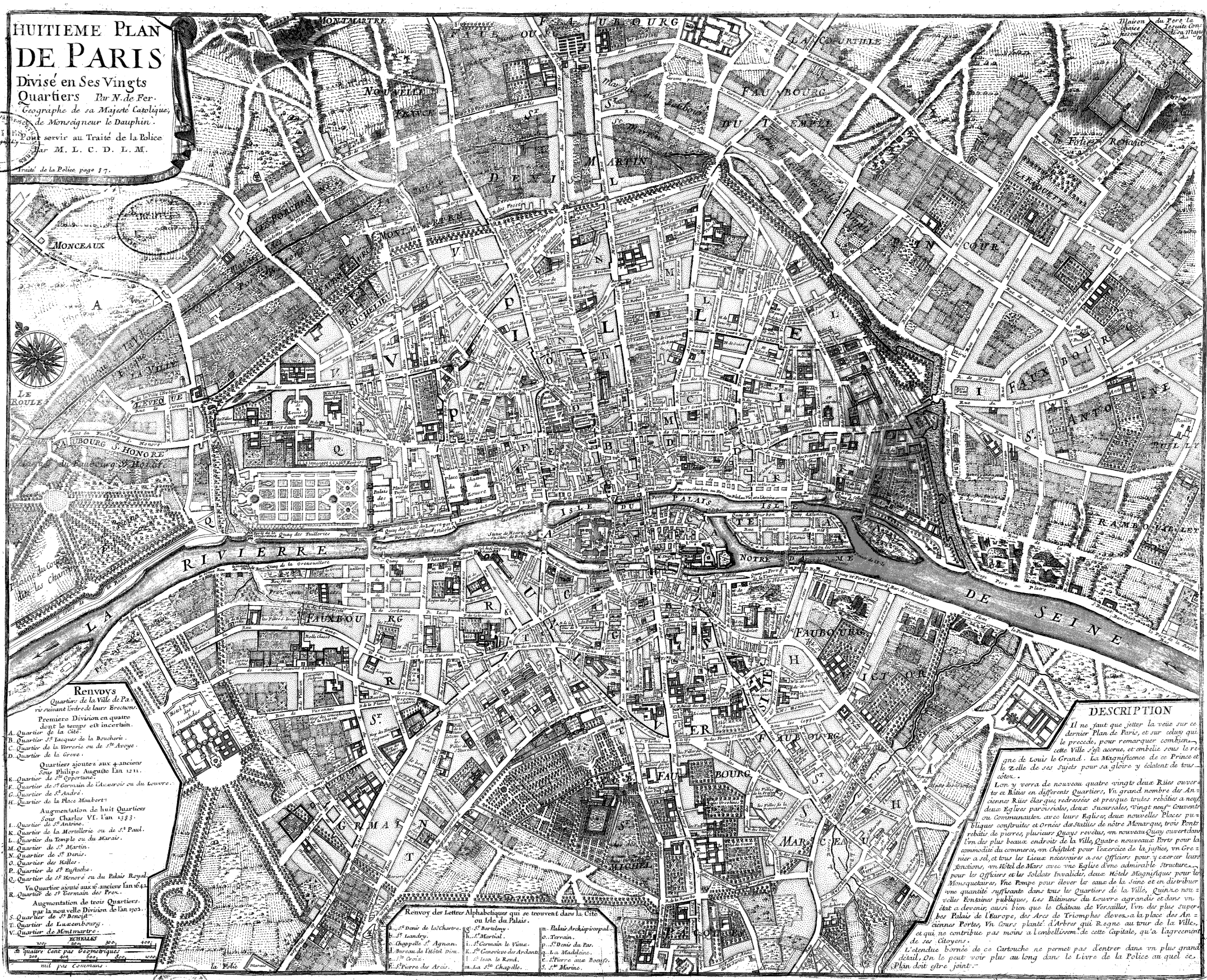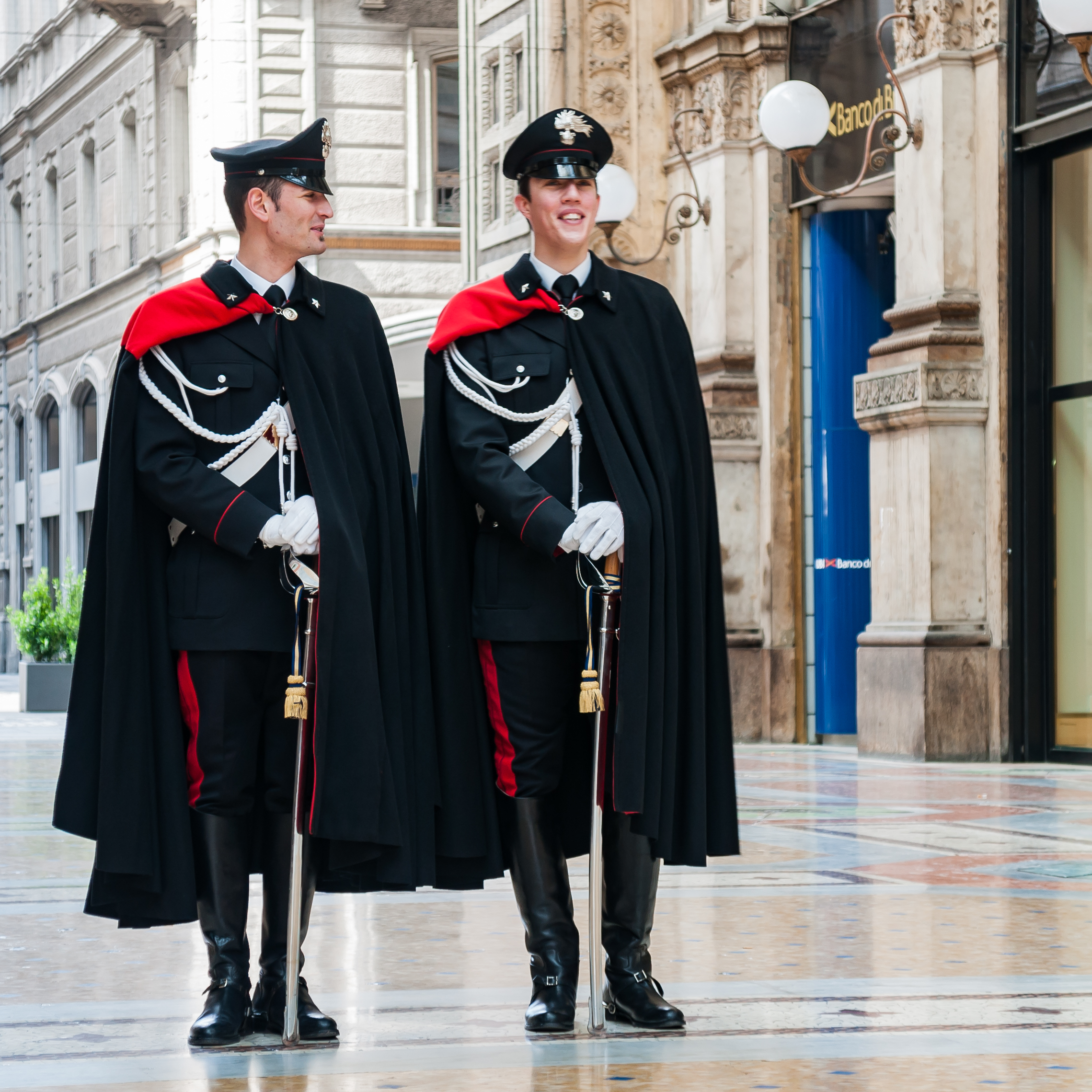|
Vivonne (other)
__NOTOC__ Vivonne is a commune in France. Vivonne may also refer to: People *Louis Victor de Rochechouart de Mortemart (1636-1688), known by the name Vivonne *Catherine de Vivonne, marquise de Rambouillet (1588-1665), a member of the French nobility. Places * Cape Vivonne, a headland located in the locality of Ceduna Waters, South Australia * Vivonne Bay (South Australia), a bay on Kangaroo Island in South Australia **Vivonne Bay, South Australia (locality) __NOTOC__ Vivonne Bay is a locality in the Australian state of South Australia located on the south coast of Kangaroo Island. It is located about southwest of the state capital of Adelaide and about southwest of the municipal town of Kingsco ..., a locality ** Vivonne Bay Conservation Park, a protected area in South Australia {{disambig ... [...More Info...] [...Related Items...] OR: [Wikipedia] [Google] [Baidu] |
Vivonne
Vivonne () is a commune in the Vienne department Department may refer to: * Departmentalization, division of a larger organization into parts with specific responsibility Government and military *Department (administrative division), a geographical and administrative division within a country, ... in the Nouvelle-Aquitaine region in western France. Louis Victor de Rochechouart de Mortemart, brother of Madame de Montespan was the ''duc de Vivonne''. Population See also * Communes of the Vienne department References Communes of Vienne {{Vienne-geo-stub ... [...More Info...] [...Related Items...] OR: [Wikipedia] [Google] [Baidu] |
Louis Victor De Rochechouart De Mortemart
Louis Victor de Rochechouart de Mortemart, Duke of Mortemart (25 August 1636 – 15 September 1688) was a French nobleman and member of the ancient House of Rochechouart. His father Gabriel de Rochechouart de Mortemart was a childhood friend of Louis XIII. His older sister was Gabrielle de Rochechouart de Mortemart, the celebrated beauty of the era; another sister was Madame de Montespan herself the mistress of Louis XIV. He was ''Général des galères'' and Marshal of France, ''Maréchal de Vivonne''. Biography The only son of Gabriel de Rochechouart de Mortemart, he was a member of the ancient House of Rochechouart which were the most ancient noble family in France after the royal family. This powerful dynasty of the Carolingian era dates back to Foucher, supporter of Charles the Bald, who became viscount (vicomte) of Limoges in 876. His descendants— Limoges, Rochechouart, Mortemart and de Brosse—ruled over the area for several centuries. The family takes its n ... [...More Info...] [...Related Items...] OR: [Wikipedia] [Google] [Baidu] |
Catherine De Vivonne, Marquise De Rambouillet
Catherine de Vivonne, marquise de Rambouillet (1588 – 2 December 1665), known as Madame de Rambouillet, was a society hostess and a major figure in the literary history of 17th-century France. {{French literature sidebar Life Born in Rome, she was the daughter and heiress of Jean de Vivonne, marquis of Pisani, and Giulia Savelli, who belonged to a noble Roman family. She was married at the age of twelve to Charles d'Angennes, ''vidame du Mans'', and in 1612, ''marquis de Rambouillet''. They had seven children, two sons and five daughters. The young, beautiful and witty marquise found the coarseness and intrigues of the French court little to her taste and, in 1620, she began to gather around her the circle that gave its renown to her salon. She and her husband had taken residence in Paris at the Hôtel Pisani, later renamed ''Hôtel de Rambouillet'', and which she restored between 1618 and 1620. It was situated ''rue Saint-Thomas-du-Louvre'', between the Louvre and the Tuileri ... [...More Info...] [...Related Items...] OR: [Wikipedia] [Google] [Baidu] |
Cape Vivonne
A cape is a clothing accessory or a sleeveless outer garment which drapes the wearer's back, arms, and chest, and connects at the neck. History Capes were common in medieval Europe, especially when combined with a hood in the chaperon. They have had periodic returns to fashion - for example, in nineteenth-century Europe. Roman Catholic clergy wear a type of cape known as a ferraiolo, which is worn for formal events outside a ritualistic context. The cope is a liturgical vestment in the form of a cape. Capes are often highly decorated with elaborate embroidery. Capes remain in regular use as rainwear in various military units and police forces, in France for example. A gas cape was a voluminous military garment designed to give rain protection to someone wearing the bulky gas masks used in twentieth-century wars. Rich noblemen and elite warriors of the Aztec Empire would wear a tilmàtli; a Mesoamerican cloak/cape used as a symbol of their upper status. Cloth and clothing wa ... [...More Info...] [...Related Items...] OR: [Wikipedia] [Google] [Baidu] |
Ceduna Waters, South Australia
Ceduna Waters is a locality in the Australian state of South Australia located on the west coast of the Eyre Peninsula overlooking two bays associated with Great Australian Bight about north-west of the state capital of Adelaide and about south-east of the town centre of Ceduna. The boundaries of the locality were created in 2011 by the exclusion of a portion of land from the locality of Ceduna. The locality’s naming is reported as reflecting “the location and the new subdivision's marine focus.” Ceduna Waters consists of land associated with a section of coastline that includes, from west to east, part of the east coast of Bosanquet Bay, the promontory known as Cape Vivonne and part of the west coast of Decres Bay. As of 2012, the majority land use within the locality was residential with the coastline being zoned for conservation purposes. Ceduna Waters is located within the federal Division of Grey, the state electoral district of Flinders and the local governm ... [...More Info...] [...Related Items...] OR: [Wikipedia] [Google] [Baidu] |
Vivonne Bay (South Australia)
Vivonne Bay (french: Baie Vivonne) is a bay in the Australian state of South Australia located on the south coast of Kangaroo Island about from Kingscote, the island's main town, and which was named by the members of Baudin expedition to Australia who visited the bay in January 1803. In a survey of 10,000 beaches by Professor Andrew Short, director of Sydney University's marine studies centre, the beach at Vivonne Bay was adjudged as the best in Australia. Description Location Vivonne Bay is located on the south coast of the Kangaroo Island in South Australia overlooking the body of water known in Australia as the Southern Ocean and by international authorities as the Great Australian Bight about south-west of the municipal seat of Kingscote. Extent Vivonne Bay has been described in an American source as being "a bight in the coast" between Point Ellen in the west and the Eleanor River in the east which is referred to as being the ‘Mary River’ and which is located a ... [...More Info...] [...Related Items...] OR: [Wikipedia] [Google] [Baidu] |
Vivonne Bay, South Australia (locality)
__NOTOC__ Vivonne Bay is a locality in the Australian state of South Australia located on the south coast of Kangaroo Island. It is located about southwest of the state capital of Adelaide and about southwest of the municipal town of Kingscote. Human settlement started in what is now the locality as the town of Vivonne which was surveyed during August 1908, named after the adjoining bay and proclaimed as a government town by Governor Bosanquet on 19 May 1909. The locality's boundaries were created in May 2002 which includes both the former government town of Vivonne and the Harriet River Shack Site, was given the “long established name” which is also derived from the adjoining bay. Vivonne Bay is bound by the southern coast of Kangaroo Island and includes the following coast features (from west to east) - Cape Kersaint, Point Ellen and the bay known as Vivonne Bay. Two rivers, the Harriet and the Eleanor, flow throughout the locality to discharge into the bay. A dune ... [...More Info...] [...Related Items...] OR: [Wikipedia] [Google] [Baidu] |


